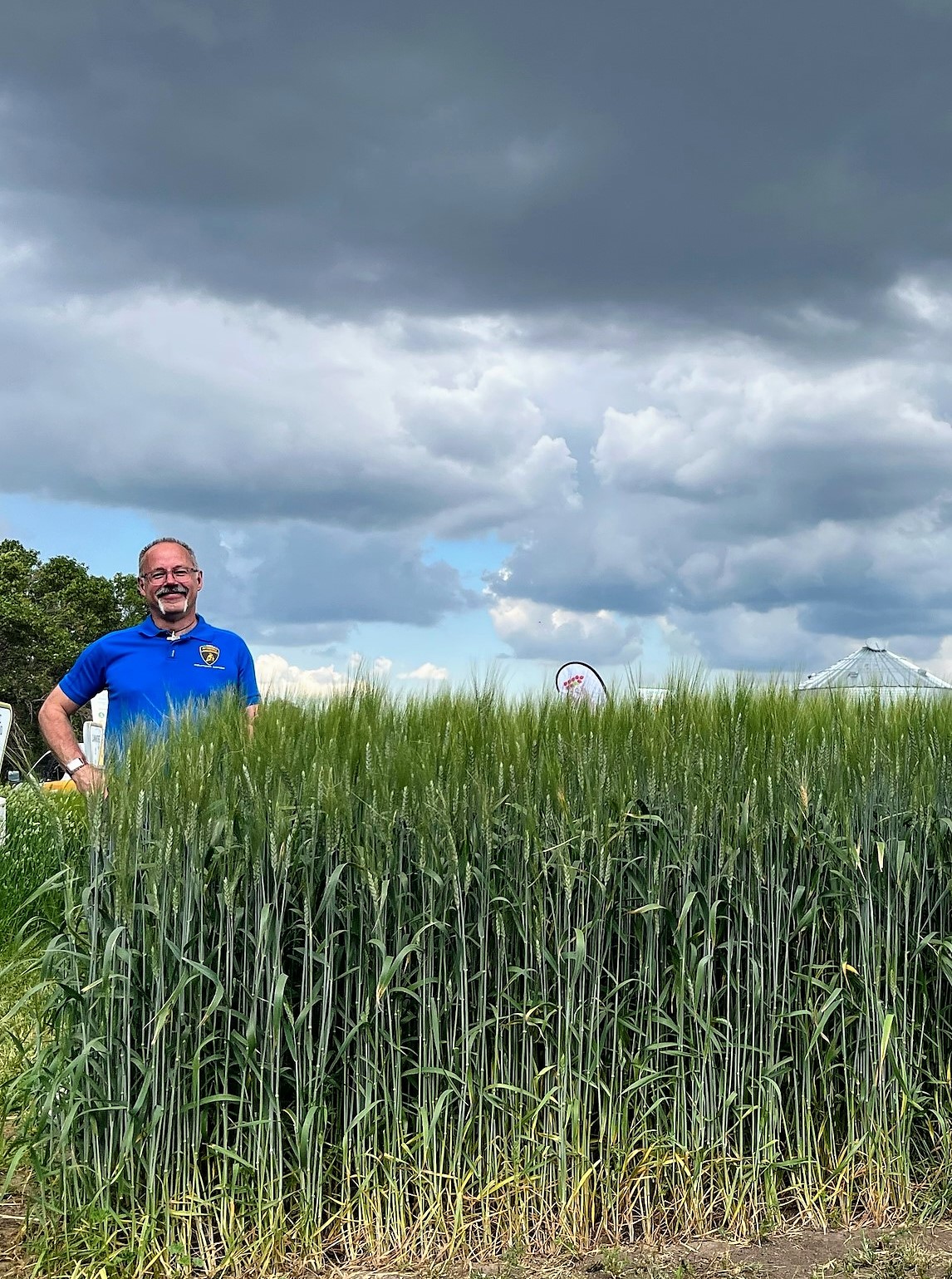2005 - Ph.D. University of Saskatchewan, Interdisciplinary Studies
A Decade Of Regulating Agricultural Biotechnology In Canada: A Case Study From 1994 – 20041993 - B.A. University of Saskatchewan, Public Administration
2023 - Pull Professor, Department of Agricultural and Resource Economics, College of Agriculture and Bioresources, University of Saskatchewan
2018 - Associate Professor, Department of Agricultural and Resource Economics, College of Agriculture and Bioresources, University of Saskatchewan
2014 - Assistant Professor, Department of Agricultural and Resource Economics, College of Agriculture and Bioresources, University of Saskatchewan
The following are abstracts from papers that have just been published or have been accepted for publication and reflect some of Dr. Smyth's current research interests.
Should Global Agricultural Trade End? How to ‘Fence-out’ Europe in the Trade of GM Products
Global trade in agricultural products has a notorious history of being subject to trade barriers and other distortionary policies. Nowhere has international trade been more distorted than in the trade of genetically modified (GM) products. In 2006, Argentina, Canada
Given the apparently unbridgeable divide that has developed between the 25-odd countries that grow and trade GM-crops and evolving EU regulatory hurdles, it may be time to consider alternatives to realizing a global market for agricultural markets. Africa is one area of the world where the battle over GM agriculture is being played out, yet it is the continent where genetic modification could have the greatest positive impact. Numerous African nations, given their
One potential solution that warrants serious consideration would be to establish a pool of funds that could be accessed by African agricultural commodity exporters in instances where exports to Europe are rejected. A production levy could be imposed in the leading industrial adopting nations (i.e. Australia, Canada
This paper will examine the feasibility of establishing such a fund and discuss the options for funding this pool of revenue. African commodity export data will be analyzed to establish the range of value of trade that might be annually affected. Both the economic and political feasibility of this solution will be examined to determine whether it would enable African producers and consumers to participate in the benefits of GM crops without the worry that their commercial interests will be harmed by EU trade action.
Investment, Regulation and Uncertainty: Managing New Plant Breeding Techniques
As with any technological innovation, time refines the technology, improving upon the original versions of the innovative product. The refinement and improvement of innovations
Innovation requires investment and while this is relatively straight forward, certain conditions need to exist such that investments can be facilitated. The
This paper provides a summary background to the leading plant breeding technologies that are either currently being used to develop new crop varieties or are in the pipeline to be applied to plant breeding within the next few years. Challenges for existing regulatory systems will be highlighted. Utilizing an option value approach from investment literature, an assessment of uncertainty regarding the regulatory approval for these varying techniques will be undertaken. This research will highlight which technology development option will have the greatest degree of uncertainty and hence, which ones might be expected to see an investment decline.
How Low Can You Go: The Consequences of Zero Tolerance
Tolerance levels exist for many undesirable food attributes with potential food safety hazards: insect fragments, stones, livestock antibiotics, chemical residues, and manure. Yet the current debate about zero tolerance relates to the presence of GM material, with far less consensus regarding the acceptance of traces of GM material and the role of science and technology as the arbiter of a safety threshold. This results in international trade tensions, and increased complexity in supply chain relationships. Embedded in zero tolerance standards for GM material are divergent perceptions encompassing what constitutes quality and an extension of the use of zero tolerance requirements beyond food safety to encompass different notions of food quality.
Drawing upon economic and political economy arguments, the paper examines the drivers behind zero tolerance standards for GM material and the implications for supply chain relationships and international trade. Two recent examples of the application of zero tolerance standards for GM material in international food markets are explored in the paper. In 2009 trace amounts of a deregistered GM variety of Canadian flax were discovered in Germany, leading to the closure of the EU market to Canadian flaxseed. Improvements in testing facilitated the discovery of trace amounts of GM flax which had been withdrawn from the market for a number of years and was therefore thought to have been removed completely from the food chain. The flax case highlights the essence of challenges that are likely to arise with zero tolerance standards as testing technologies continue to evolve. The second case examined in the paper is the September 2011 EU Court of Justice ruling banning the sale of honey produced from the pollen of GM crops. The ruling has the potential to restrict the growing of approved GM varieties in the EU if honey producers are subject to externality effects from nearby GM crop production.
Together, the two cases provide an opportunity to explore the causes and consequences of zero tolerance standards in food markets. The politicization of risk, the implications for monitoring, certification
2024-25
Vice-President, Board of Directors of the International Consortium on Applied Bioeconomy Research (ICABR).
Member of the Editorial Board for:
- Frontiers in Bioengineering and Biotechnology
- the Agriculture and Food Security Journal
- GM Crops & Food
Member of the:
- Board of the Canadian Agricultural Hall of Fame
- Advisory Board for the Journal Trends in Biotechnology
- Agriculture and Agri-Food Canada’s Consumer Research Working Group
Throughout the school term, Dr. Smyth has been fortunate enough to give numerous interviews with various media outlets on the current issues of food, innovation, agriculture, and policy. As well, he has published a number of articles on SAIFood.ca and other news outlets such as The Genetic Literacy Project and The Western Producer.






